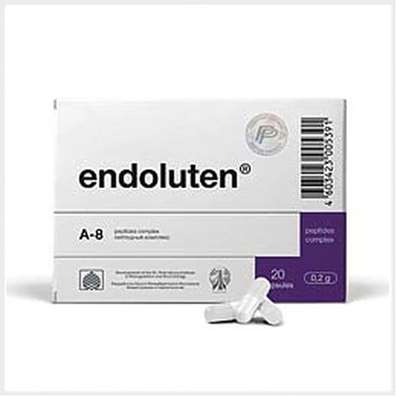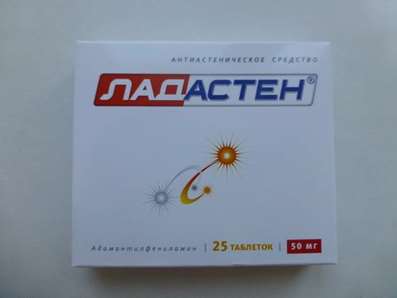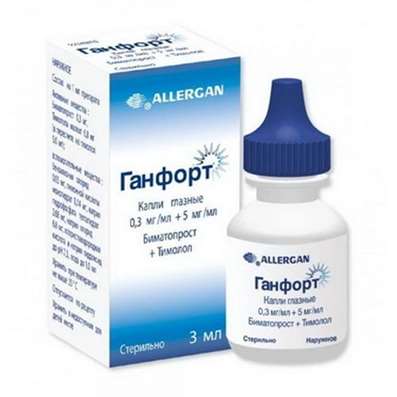Instruction for use: Levamisole
I want this, give me price
Trade name of the drug – Decaris
The Latin name of the substance Levamisole
Levamisolum (genus. Levamisoli)
Chemical name
(S) -2,3,5,6-Tetrahydro-5-phenylimidazo [2,1-b] thiazole (as hydrochloride)
Gross Formula
C11H12N2S
Pharmacological groups:
Anthelmintic agents
Other immunomodulators
The nosological classification (ICD-10)
B58 Toxoplasmosis
B76.1 Necatosis: Intestinal invasion
B76.9 Unspecified ankylostomidosis
B77 Askaridosis: Intestinal invasion; Intestinal invasion by ascarids; Intestinal nematodes; Cluster invasion
B78 Strongyloidosis: Cochin diarrhea; Angioules; Intestinal ugliness
B79 Trichurosis: Intestinal invasion; Whitewash; Trichocephalosis; Trichyouriases
B80 Enterobiasis: Intestinal infestation; Pinworm infestation; Cluster invasion; Oxyurosis; Oxyauriases; Intestinal nematodes
B81.2 Trichostrongyloidosis: Trichostrongylidosis
CAS code
14769-73-4
Characteristics of the substance Levamisole
Levamisole hydrochloride is a white or pale pink crystalline powder almost odorless, freely soluble in water; Is stable in acidic solutions and undergoes hydrolysis in alkaline and neutral solutions. Molecular weight is 240.75.
Pharmacology
Pharmacological action - immunomodulating, anthelmintic.
Anthelminthic action is due to blockade of succinate dehydrogenase, suppression of the fumarate reduction process and, as a result, disturbance of energy metabolism in helminths. It causes depolarization of membranes of helminth muscle cells. Paralyzed nematodes are removed from the body by normal intestinal peristalsis within 24 hours after ingestion. Particularly active against Ascaris lumbricoides, Necator Americanus and Ancylostoma duodenale.
Has a complex effect on the immune system: increases the production of antibodies to various antigens, increases the T-cell response, activates T-lymphocytes and stimulates their proliferation, increases the function of monocytes, macrophages and neutrophils (their ability to chemotaxis, adhesion and phagocytosis).
When ingested quickly absorbed from the digestive tract. After taking a single dose, 50 mg of Cmax (0.13 μg / ml) is achieved after 1.5-2 hours. T1 / 2 3-4 hours. It undergoes biotransformation in the liver with the formation of inactive metabolites, which are excreted primarily by the kidneys (70% in For 3 days). T1 / 2 metabolites - 16 hours. About 5% is excreted with feces, and less than 0.2% unchanged; More than 95% is excreted by the kidneys, they are about 5% unchanged and 12% in the form of glucuronide p-hydroxy-levamisole.
There are data on the possibility of using levamisole after resection for colon cancer (adjuvant therapy in combination with fluorouracil), in malignant neoplasms of bronchi, mammary glands (after surgical, radiation or chemotherapeutic treatment), remission in lymphogranulomatosis, in the intervals of cytostatic treatment of leukemia and Lymphogranulomatosis; For immunotherapy in immunodeficient conditions, immuno-dependent, incl. Autoimmune diseases (rheumatoid arthritis, Crohn's disease, recurrent aphthous stomatitis, Reiter's disease, non-severe forms of systemic lupus erythematosus - to maintain remission achieved by other means); With chronic nonspecific lung diseases, chronic glomerulonephritis, chronic pyelonephritis, peptic ulcer of the stomach and duodenum - often recurrent course; For infectious diseases (recurrent herpes simplex, herpes zoster, warts, chronic active hepatitis B, persistent viral hepatitis, in which more than 3 months the surface antigen of the hepatitis B virus is determined), recurrent sinusitis.
Application of substance Levamisole
Askaridoz, ankylostomiasis, non-carotidosis, strongyloidosis, trichostrongyloidosis, trichocephalosis, enterobiosis, toxoplasmosis.
Contraindications
Hypersensitivity; Agranulocytosis, caused by drugs (including in the anamnesis).
Restrictions
Hepatic and / or renal failure, oppression of bone marrow hematopoiesis, cerebrovascular insufficiency, acute phase of leukemia.
Application in pregnancy and breastfeeding
Application in pregnancy and breast-feeding is not recommended (adequate and strictly controlled studies in humans are not conducted). The embryotoxic effect of levamisole upon oral doses of 160 mg / kg (in rats) and 180 mg / kg (in rabbits) was revealed.
The action category for fetus by FDA is C.
It is not known whether levamisole is excreted in the human breast milk, but it is excreted into the milk of cows.
Side effects of the substance Levamisole
On the part of the intestine: nausea, vomiting, diarrhea, abdominal pain, pancreatitis, ulceration of the oral mucosa.
From the side of the nervous system and sensory organs: headache, paresthesia, peripheral polyneuropathy, olfactory hallucinations (change of odors), generalized convulsions, encephalitis-like syndrome (associated with demyelination of nerve fibers), speech impairment, lethargy, fatigue, tremor, sleep disturbance, confusion , Ataxia, changes in taste.
From the side of the cardiovascular system and blood (hematopoiesis, hemostasis): leukopenia, agranulocytosis, sometimes fatal (see "Precautions").
Allergic reactions: skin rash, exfoliative dermatitis.
Other: renal damage, hypercreatinemia, increased activity of alkaline phosphatase, uterine bleeding, periorbital edema.
Interaction
Levamisole is incompatible with lipophilic compounds (for example, tetrachloromethane, tetrachlorethylene, chloroform, ether), because It is possible to increase its toxicity, with alcohol (with co-administration develops an antabuse-like syndrome) and drugs that cause leukopenia. Strengthens the effects of phenytoin and indirect anticoagulants (requires control of PV with possible correction of the dose of anticoagulants). When used simultaneously with myelotoxic drugs - increased hematotoxicity.
Overdose
Fatal outcomes were reported: in a 3-year-old child - at a dose of 15 mg / kg and an adult - at a dose of 32 mg / kg.
Treatment: gastric lavage (if after a short time), symptomatic and supportive therapy.
Routes of administration
Inside.
Precautions for the substance Levamisole
Before the start of treatment it is necessary to conduct a clinical and biochemical analysis of peripheral blood.
The use of levamisole sometimes led to the development of agranulocytosis (in some cases with a fatal outcome), which was often accompanied by an influenza-like syndrome, incl. Fever, chills, pain in the bones. In this regard, it is necessary to conduct an expanded clinical analysis of blood at least once every 3 weeks. However, in a small number of patients, agranulocytosis is asymptomatic. The flu-like syndrome can also occur in the absence of agranulocytosis.
During and after taking drugs for 24 hours you cannot drink alcohol.

 Cart
Cart





